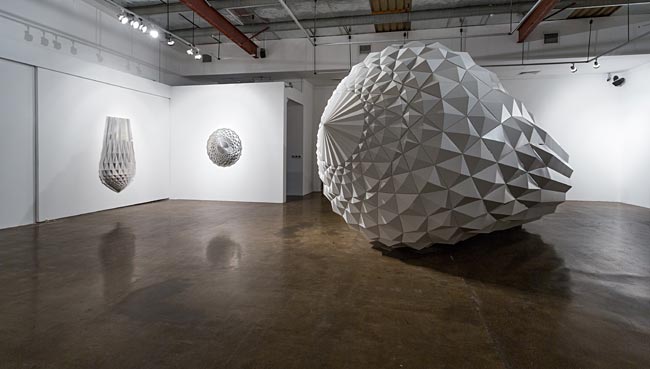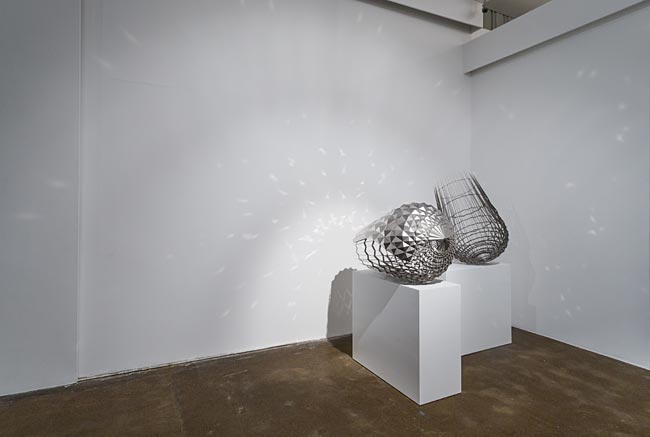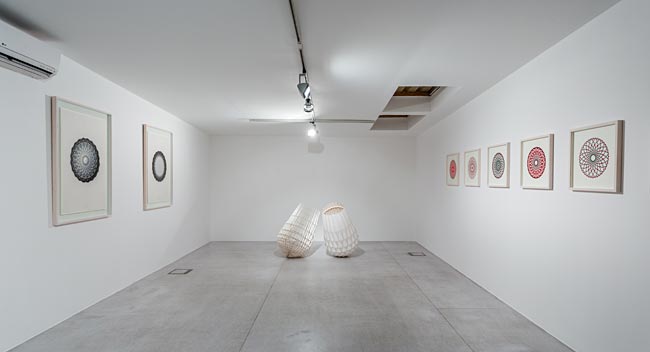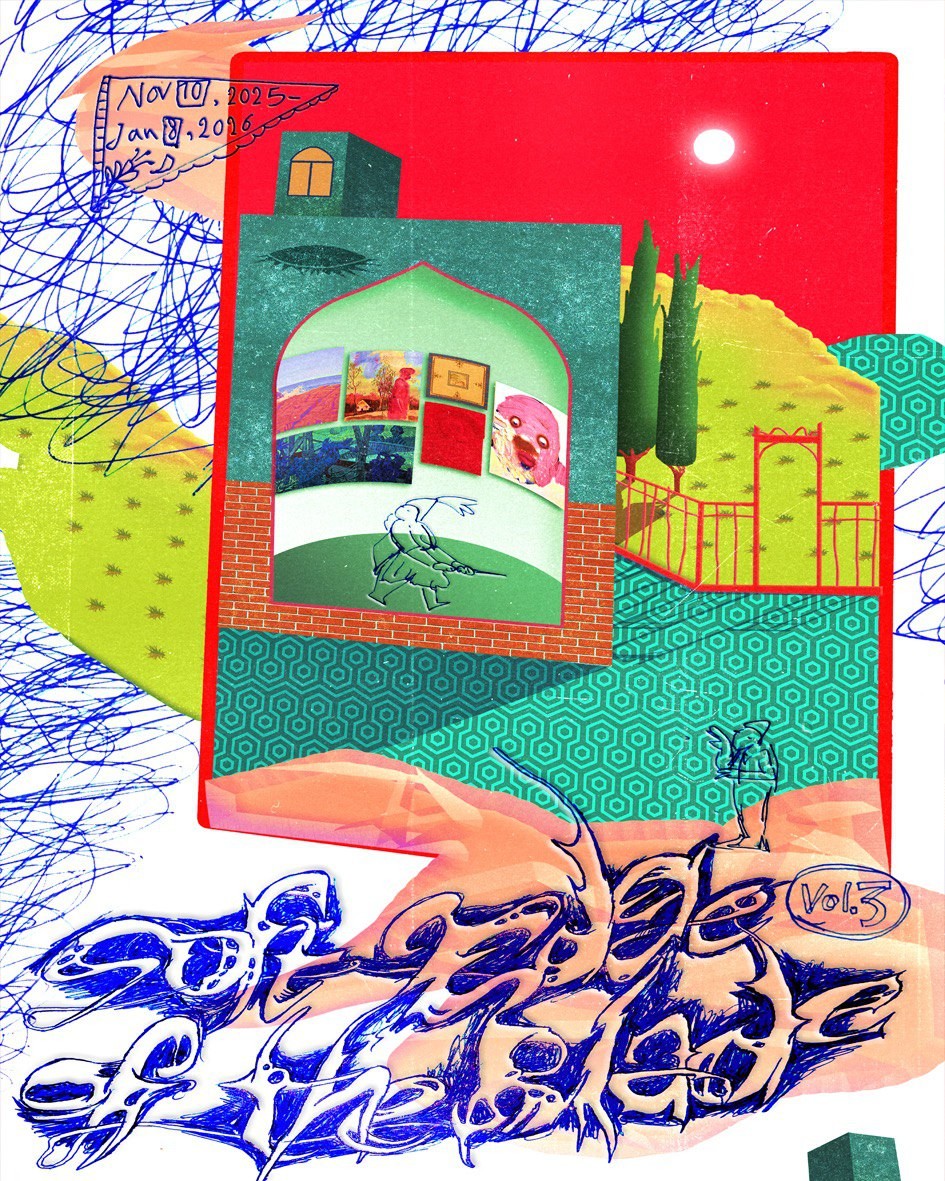Dubai,
Exit 43 off Sheikh Zayed Road, Street 8, Al Quoz 1, Alserkal Avenue, Dubai, UAE
19 November 2014 - 31 January 2015
The Third Line is pleased to present Khalvat, Sahand Hesamiyan’s first solo show in the UAE. Sahand’s practice primarily explores contemporary sculptural directions, which take cue from Islamic architecture and present ancient concepts of transcendence in a modern context. In continuation of his practice, Khalvat continues to analyze the relationship between Iranian architecture and its metaphysical symbolism.
The show is based around, and named after, the main sculpture Khalvat – a Persian word that translates to a hidden, private sanctum. Linking science and geometry to the abstract nature of spirituality, it is a reflective attempt to discover the esoteric nature of Iranian culture through the dissection of its architectural forms. Khalvat adopts the traditional triangular form of Rasmi, with the artist exposing through the superficial layers of the structure to offer a look towards the inward and sacred, by juxtaposing the external embellished Iranian architecture with its abandoned equivalent, transparent and accessible in its carcass form.
The show is based around, and named after, the main sculpture Khalvat – a Persian word that translates to a hidden, private sanctum. Linking science and geometry to the abstract nature of spirituality, it is a reflective attempt to discover the esoteric nature of Iranian culture through the dissection of its architectural forms. Khalvat adopts the traditional triangular form of Rasmi, with the artist exposing through the superficial layers of the structure to offer a look towards the inward and sacred, by juxtaposing the external embellished Iranian architecture with its abandoned equivalent, transparent and accessible in its carcass form.
Traditional Iranian Islamic architecture is introverted, enclosed and recondite. The final creation is inaccessible, and can’t be appreciated completely at a glance or discovered in the initial survey. Intricate ornamental details, superfluity of architectural elements and richness of colors and shades make external envelopment impenetrable for a person to understand the structure within. Preserved with mystery and grandiosity, traditional Iranian architecture is almost inscrutable.
The task set by the artist is to search for the truth, which in Sufi tradition should be found in a clear form. In that sense, layers are peeled apart, opening to the viewer an ability to discover meaning, spirit and the core. Khalvat is a result of comprehensive research in attempting to find a coherent structure in Iranian architecture, and with it a cultural framework itself.
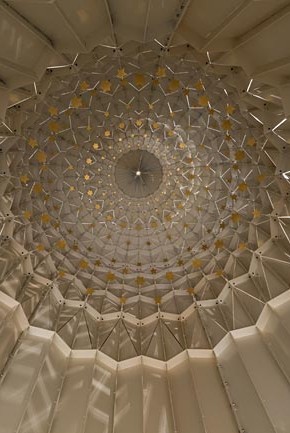
Artists
Available Nearby Exhibitions
Soft Edge of the Blade Vol. 3
10 November 2025 - 8 January 2026
